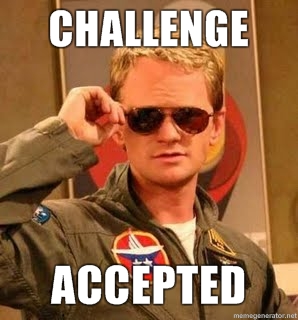I want to become a restoration ecologist. Here is my post for the roundtable I did two weeks ago.
http://www.christopherlortie.info/what-are-the-grand-challenges-for-restoration-ecology/
I
Here is the slide deck too:
http://www.slideshare.net/cjlortie/grand-challenges-in-restoration-ecology
Following the discussion, I came across several really useful papers on the topic.
These three in particular were really transformative.
Moore, K. D. and Moore, J. W. 2013. Ecological restoration and enabling behavior: a new metaphorical lens? — Conservation Letters 6: 1-5.
Hilderbrand, R. H. et al. 2005. The myths of restoration ecology. . — Ecology and Society 10: 19.
Temperton, V. M. 2007. The Recent Double Paradigm Shift in Restoration Ecology. — Restoration Ecology 15: 344-347.
General questions
1. How well does conservation biology and restoration ecology support and enable one another?
2. Does fundamental ecological theory significantly contribute to restoration ecology or does most restoration begin with a ‘problem’ that needs a solution?
3. Is most restoration ecology manipulative? How are mensurative experiments and observation leveraged in restoration ecology?
4. How inter-related are management and restoration in their alignment of needs and research agendas?
5. Are there syntheses of the local-versus-regional drivers that influence the outcome restoration efforts?
6. How commonly are the human factors included in restoration efforts or in experiments?
7. Does social science regularly contribute and support restoration efforts?
8. Does socioeconomic research support restoration? When it does, how it is used?
9. Is an effective restoration plan similar to a conservation blueprint?
10. What are main primary research topics that restoration ecologists examine? Are there taxa and/or ecosystem specific biases and how general are the lessons?
11. What is the most common scale of restoration?
12. Are there themes that transcend restoration and speak to a wider audience?
13. Is restoration ecology increasing collaborative similar to other disciplines?
14. Are restoration ecology experiments often interdisciplinary?
15. What are the main challenges that most restoration ecologists would list in either doing research or in implementing a restoration effort?

